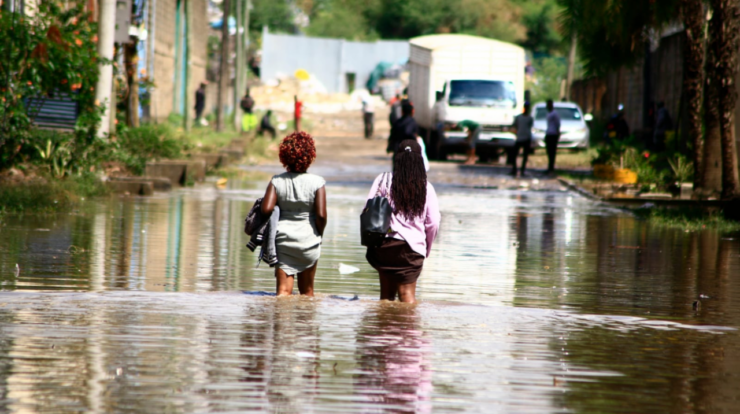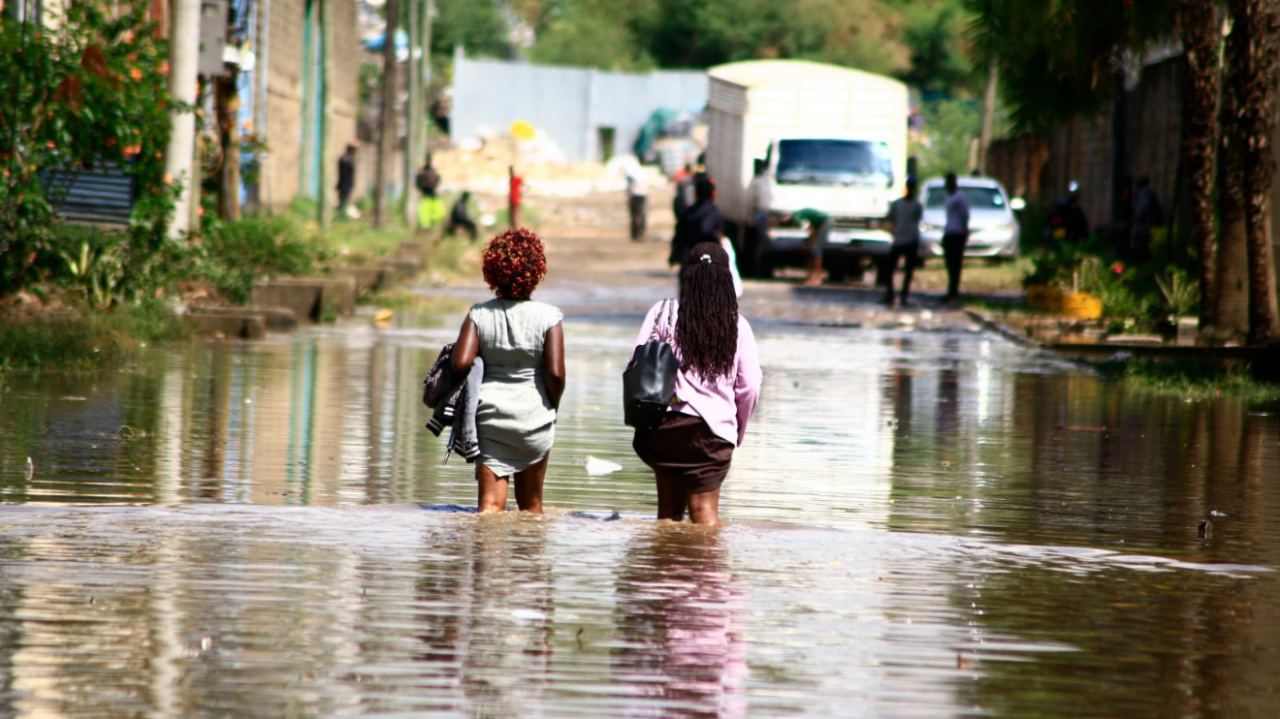
Kenya nairobi flooding – As Kenya’s capital, Nairobi, battles the wrath of relentless floods, the city’s infrastructure, businesses, and communities are facing an unprecedented crisis. This article delves into the causes, consequences, and ongoing efforts to address this devastating situation.
The relentless downpours have inundated homes, crippled transportation, and disrupted livelihoods, leaving a trail of destruction in their wake. As the waters recede, the true extent of the damage is becoming evident, and the city is grappling with the long road to recovery.
Introduction: Kenya Nairobi Flooding
Heavy rainfall has caused severe flooding in Nairobi, Kenya, leading to widespread damage and displacement. The flooding has exposed the city’s inadequate infrastructure and highlighted the need for long-term flood mitigation strategies.
Impacts of the Flooding

The flooding has damaged roads, bridges, and buildings, disrupting transportation and economic activity. Businesses have been forced to close, and residents have been displaced from their homes. The flooding has also caused water contamination, raising concerns about health and sanitation.
- According to the Kenyan Red Cross, over 100,000 people have been affected by the flooding.
- The World Bank estimates that the flooding has caused over $1 billion in damages.
Government Response
The Kenyan government has declared a state of emergency and deployed troops to assist with relief efforts. The government has also announced plans to invest in flood mitigation infrastructure and to improve the city’s drainage system.
However, some critics argue that the government’s response has been slow and inadequate. They call for more immediate action to address the needs of flood victims and to prevent future flooding events.
Community Resilience, Kenya nairobi flooding
In the face of the flooding, the community in Nairobi has come together to support one another. Residents have formed volunteer groups to distribute food, water, and other essential supplies to those in need. Community-led initiatives have also been launched to clean up debris and repair damaged infrastructure.
International Aid
International organizations and NGOs are providing assistance to flood victims in Nairobi. The United Nations has deployed a team to assess the damage and coordinate relief efforts. The World Food Programme is providing food assistance to displaced families. Other organizations are providing medical care, water purification, and sanitation services.
The international community has praised the Kenyan government for its cooperation and coordination of aid efforts. However, some critics argue that more international assistance is needed to meet the needs of flood victims.
Ending Remarks
The flooding in Nairobi serves as a stark reminder of the vulnerability of urban centers to extreme weather events. As climate change intensifies, it is imperative that cities invest in resilient infrastructure, disaster preparedness measures, and community-based solutions to mitigate the risks and impacts of future floods.
FAQ Corner
What are the primary causes of the flooding in Nairobi?
The flooding in Nairobi is attributed to a combination of factors, including heavy rainfall, poor drainage systems, and encroachment on wetlands.
How has the flooding impacted the local population?
The flooding has displaced thousands of people, disrupted livelihoods, and caused widespread damage to homes and businesses.
What is the government doing to address the flooding?
The government has implemented emergency measures, such as evacuations and the provision of food and shelter, and is working on long-term plans to improve drainage systems and reduce flood risks.





